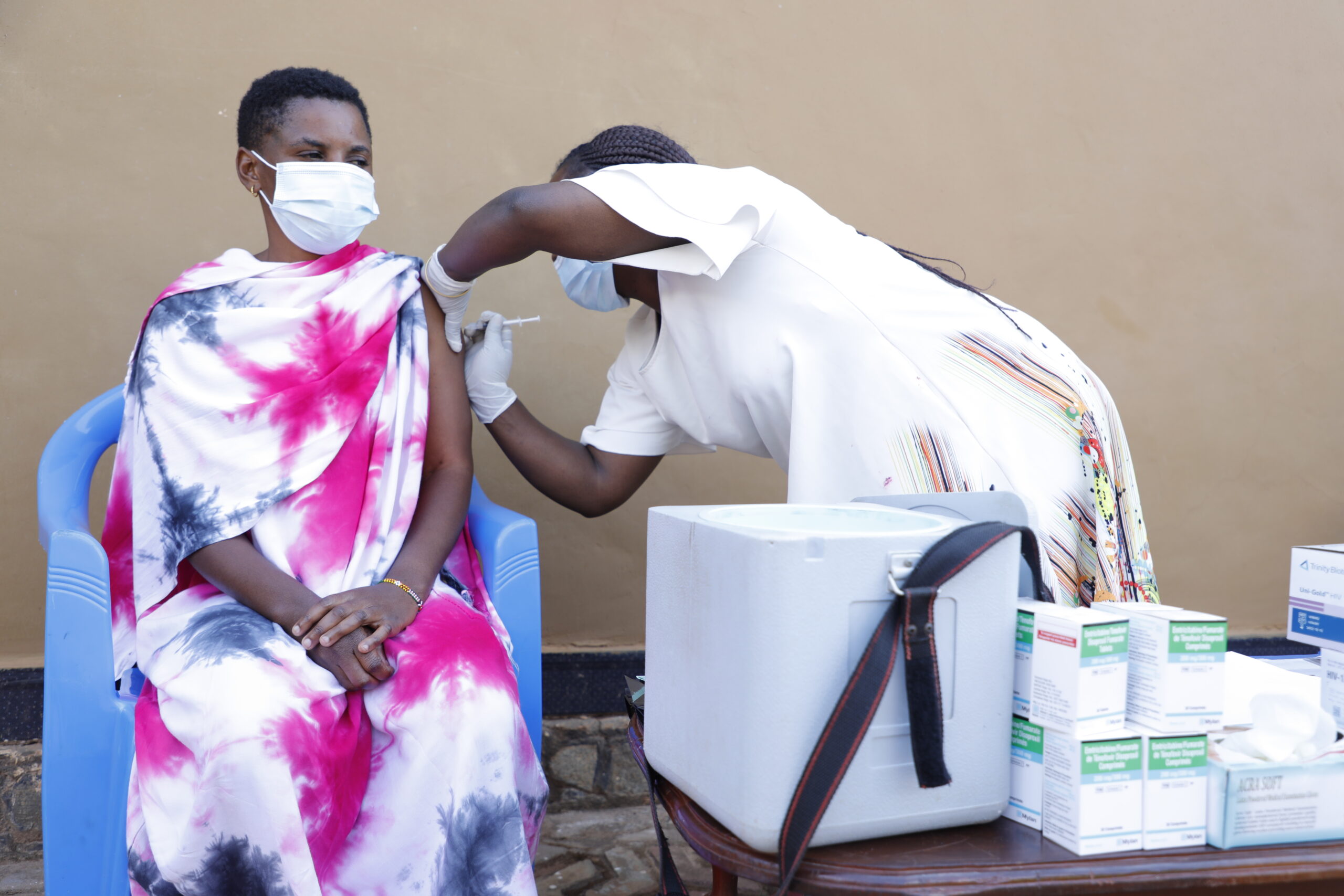Written by Aubrey Weber, Technical Officer, FHI 360; Tiffany Lillie, Senior Technical Advisor, LINKAGES; Dorica Boyee, Technical Advisor, LINKAGES; & Dismas Gashobotse, Project Manager, LINKAGES Burundi [caption id="attachment_1754" align="alignleft" width="1023"] Photo: Christine Vaufrey[/caption] The USAID- and PEPFAR-supported LINKAGES project first...
Continue Reading


